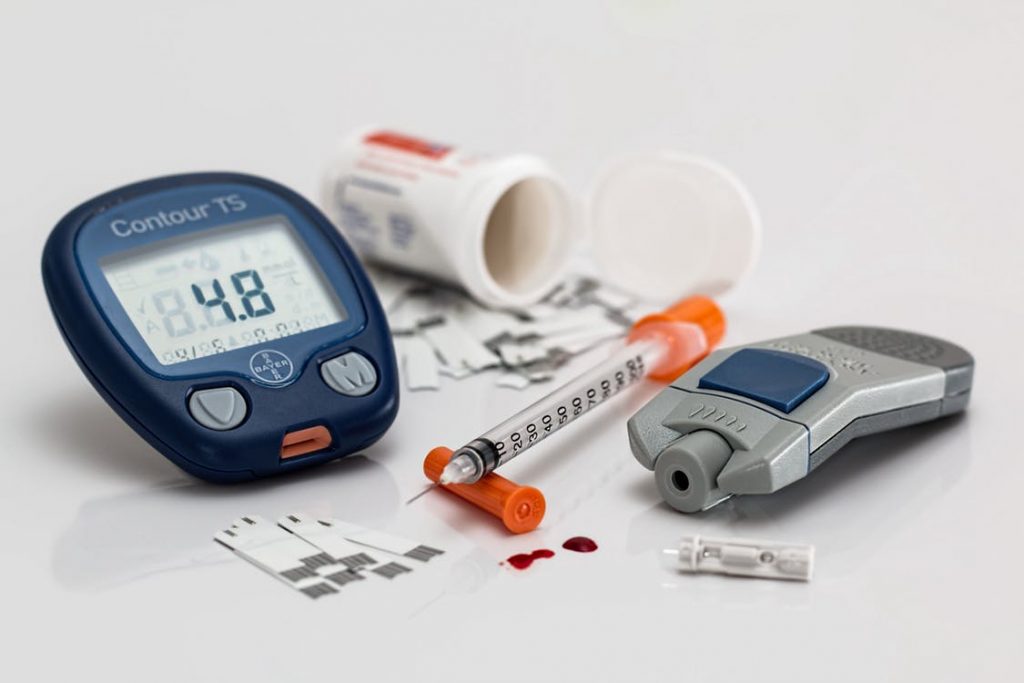Much like obnoxious trends (think faux piercings and mirrored sunglasses), we’d like just to ignore the opioid epidemic until it goes away.
But here’s the thing…
People are still dying in record numbers; sixty-four thousand people in 2016, to be exact.
This is an epidemic that simply cannot be ignored.
It will get worse before it gets better
Drug overdoses already kill more Americans under 50 than anything else. And before we see improvement, the casualties grow.
Healthcare news outlet STAT editors recently interviewed leading public health experts for their take on where the opioid epidemic is going. Overwhelmingly, the panel agrees that things will get worse before they get better.
STAT’s expert panel forecasts death tolls that reach 250 deaths each day, thanks to synthetic opioids like fentanyl and carfentanil. According to the Centers for Disease Control, fentanyl is up to 100 times more potent than morphine and still much more potent than heroin.
A new report from the Agency for Healthcare Research and Quality shows opioid-related emergency room visits doubling from 2005 to 2014. With death tolls rising and reminders of the opioid epidemic on the daily news, you might think doctors would only prescribe these painkillers in extreme cases. But a 2015 report shows that doctors are still prescribing prescription painkillers to more than a third of American adults.
A better economy won’t stop the opioid epidemic
If you think a better economy will naturally address the opioid epidemic, you’re going to be disappointed. The National Bureau of Economic Research recently published a paper to prove that economic hardships are not responsible for our current crisis.
Researchers attributed less than 10 percent of the rise in drug overdoses since 1999 to economic hardship.
If economic hardship isn’t responsible for the epidemic, we cannot expect that a better economy will help anything.
The opioid epidemic hurts our economy
While we’re hoping and praying for a quick-fix solution, the opioid epidemic is hitting employers hard. A recent National Safety Council survey found that 71 percent of U.S. employers have been affected by employees who have misused prescription medications, including opioids.
Once a person is addicted, the drugs take control. This is why addiction so often leads to theft and other illegal activity. Even if someone isn’t stealing on the job, getting high will almost definitely hurt their performance.
It’s not just an American problem
Many of the stats we’re seeing are from the U.S. because that’s ground zero of the current opioid crisis. But we’re not just worried about America. Europe’s overdose deaths rose for the third consecutive year in 2015 to 8,441, and 81 percent of those deaths were related to heroin and other opioids.
In the 1990s, opioids become the most common drug used to treat pain in the United States. The problem with this is that opioids are extremely addictive.
Opioid painkillers like OxyContin or Vicodin should only be used to treat intense short-term pain. When doctors prescribe these painkillers for chronic pain, it’s a recipe for addiction. Over time, anyone will build up a tolerance to opioids. This means that they’ll need larger doses to get the same effect, which leads to addiction.
These addictive drugs work by addressing the areas of the brain that control emotion and pain. When you take an opioid painkiller, your brain gets flooded with dopamine, and you’ll feel a sense of euphoria. The more you take these drugs, the more your brain will crave those intense feelings. And once you’re addicted, you’ll need the drug just to stave off physical withdrawal symptoms.
We can’t ignore the opioid epidemic because we’re all at risk. It’s up to each of us to learn about the dangers of these drugs to keep ourselves and our families safe.

